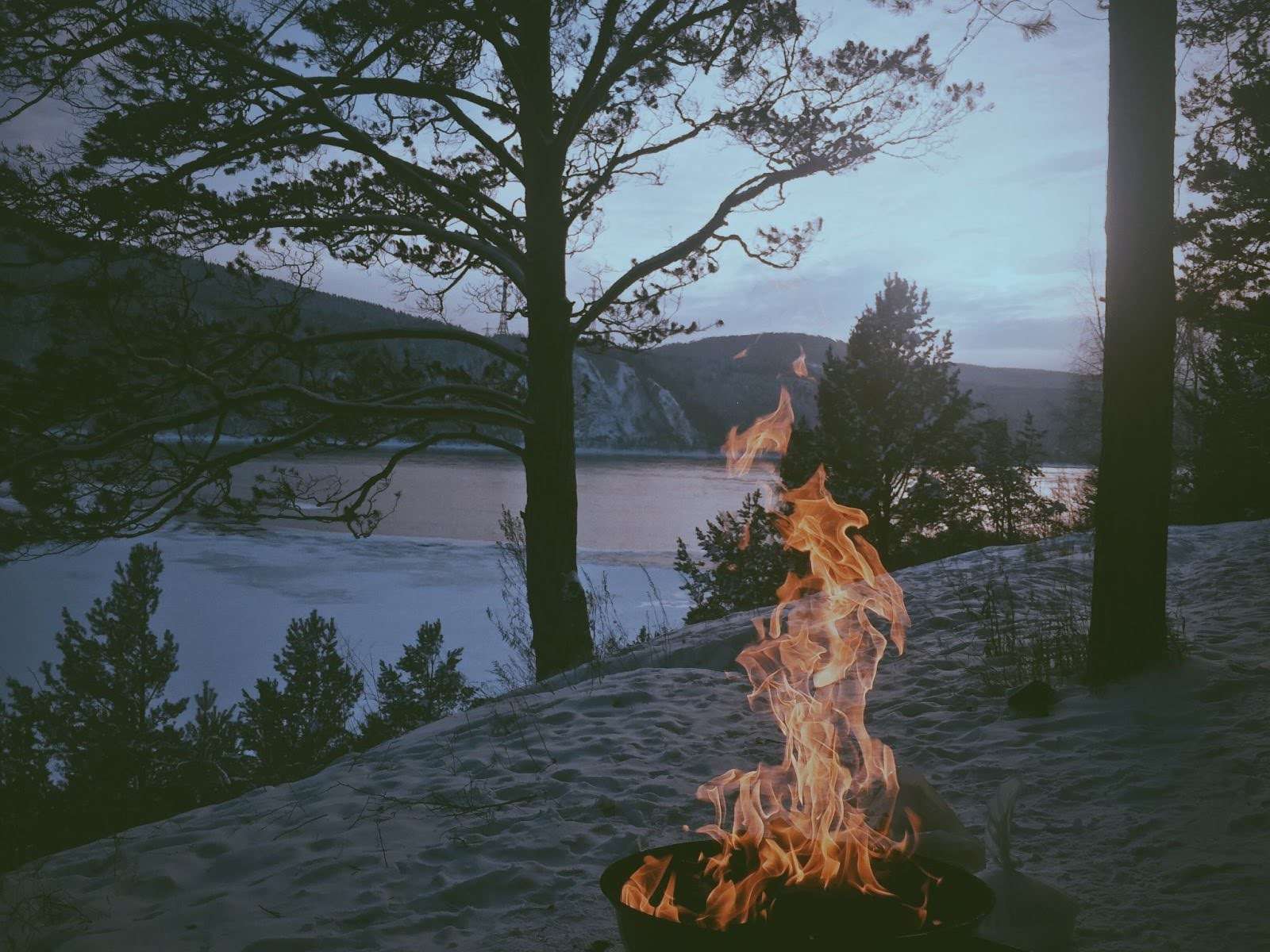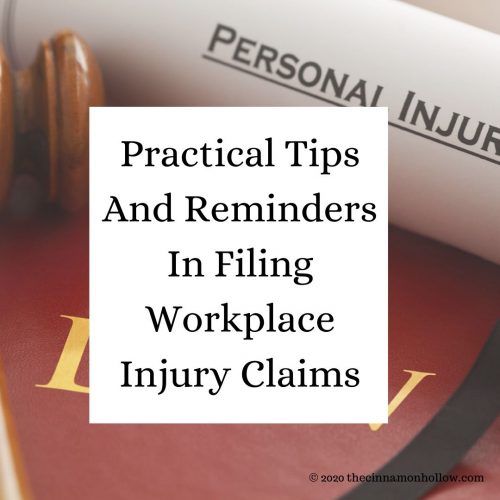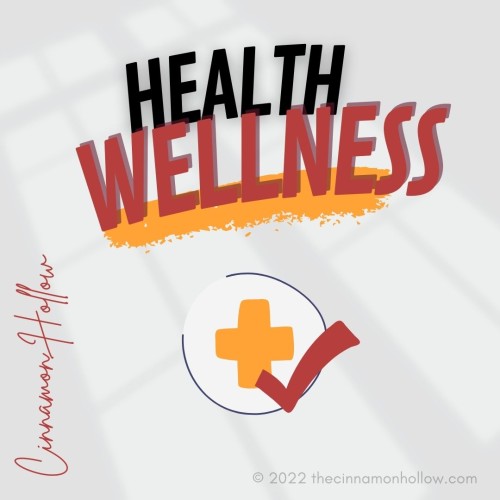As winter rolls around, temperatures get colder, holidays are in full swing, and burn injuries become more frequent. Burn injuries may cause pain, suffering and financial burden. Read to learn more about burns, how you can keep your family safe, as well as what to do if you are burned.
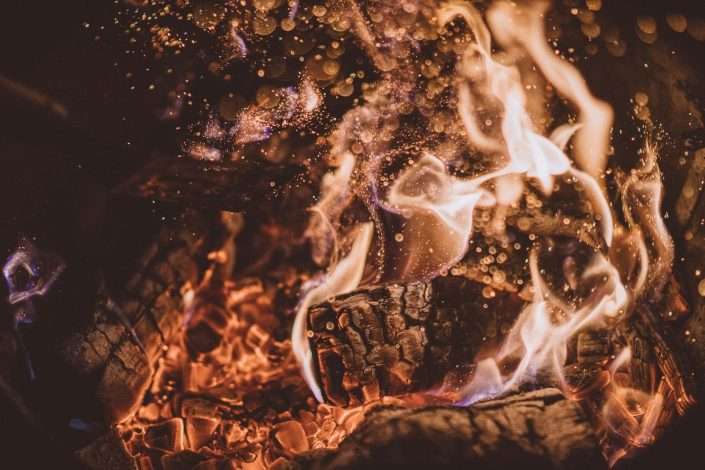
What is a Burn Injury?
Types of Burn Injuries:
- Thermal burns: Burns from heat sources, raising the skin and tissue temperature, resulting in charring or tissue cell death. Heat sources include hot metals, hot liquids, steam, and fire.
- Radiation burns: Burns from prolonged exposure to UV sun rays or radiation.
- Chemical burns: Burns from strong acids, alkalies, detergents, or solvents that come in contact with your skin or eyes.
- Electrical burns: Burns from an electrical current. May be alternating current (AC) or direct currents (DC).
Severity of Burn Injuries:
- First-degree burns: The mildest type of burn. They only affect the outer skin layer. Usually the burn site is red, painful, with no blisters.
- Second-degree burns: Affect the top and lower layers of skin and cause blistering, pain, and swelling.
- Third-degree burns: Affect the layers of skin and deeper tissues. Burn site is resulting in charred skin and numbness that may look white or blackened.
- Fourth-degree burns: Goes through both layers of the skin, underlying tissue and deeper tissue, and may affect the bones and muscles. Permanent nerve damage may also occur.
Why Burn Injuries Are Higher Risk During Winter
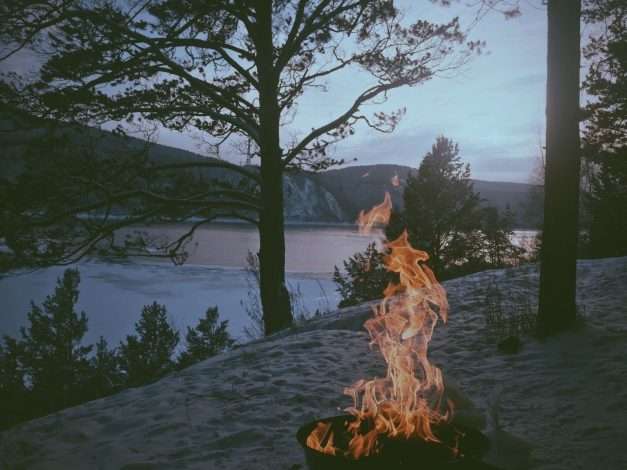
When it’s cold outside, many people try to stay warm by utilizing heat, whether it be from a heater to an actual fire. Higher use of electrical and flame heat sources lead to a higher number of fires and burn injuries.
The cold can also cause a different type of burn injury. Prolonged time in the cold without the proper protective clothing can cause frostbite, chilblains, and frostnip. These cold induced burns cause inflammation, redness, numbness and for bad frostbite, potentially amputation.
Tips to Stay Safe from Burns During the Winter
When celebrating over the winter holidays and staying warm, be sure to follow these winter safety tips:
- Choose holiday decorations that are flame retardant or resistant
- Keep candles at least 12 inches from anything that may burn
- Read product instructions carefully before setting it up or using it
- Turn off portable heaters whenever not in use
- Check your cords for breakage, if they are, fix them if possible or replace them
- Keep your christmas tree at least 3 feet away from any heat sources, and throw it away when it gets dry.
- Constantly check your smoke alarms
- When cooking, be aware and stay in the kitchen
What to do if you Get Burned
Everyone, no matter how careful, may get burned. If you get burned and it’s first degree, you should be able to take care of it at home.
- Run your burn area under cool water or put a cold compress for 10 minutes
- Do not use ice water as it may damage your nerves
- Apply petroleum jelly on the affected area 2-3 times daily
- Cover the burn with a bandaid and don’t pop any blisters
- Minimize the burn from scarring by protecting the area from the sun
If your burn is worse, at a second degree burn or worse, you should seek medical attention.
You want to check it out and make sure you don’t have any nerve damage.
If your burn injury was the result of somebody else’s negligence, seek out a Fresno burn injury lawyer who may help you get compensated for your medical expenses, suffering damages and lost wages.
We are not doctors and this is in no way intended to be used as medical advice and we cannot be held responsible for your results. As with any product, service or supplement, use at your own risk. Always do your own research before using.
We are not lawyers and this is in no way intended to be used as legal advice . We cannot be held responsible for your results. Always do your own research and seek professional legal help.

